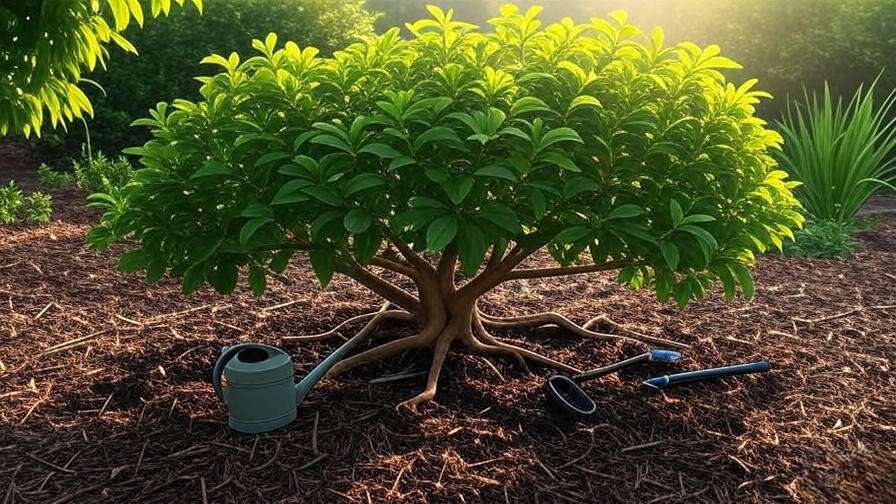Picture this: your vibrant krysysis tree, the centerpiece of your garden, starts wilting despite your best efforts. The culprit? Often, it’s hidden beneath the soil—krysysis tree root problems. Healthy roots are the lifeline of any tree, and krysysis trees are no exception. Neglecting root care can lead to stunted growth, disease, or even tree loss. But don’t worry—this comprehensive guide, crafted by a certified arborist with over 15 years of experience, will empower you to diagnose, treat, and prevent krysysis tree root issues. From root rot to soil compaction, we’ll cover everything you need to ensure your tree thrives for years. Let’s dig in! 🌳
H2: Understanding Krysysis Tree Roots: The Foundation of Health 🌳
H3: What Makes Krysysis Tree Roots Unique?
Krysysis trees, known for their lush foliage and striking presence, rely on a fibrous root system that spreads wide but stays relatively shallow. Unlike deep-taproot trees, krysysis roots are highly sensitive to environmental changes, making proper care critical. These roots excel in well-drained, loamy soils but struggle in heavy clay or waterlogged conditions. Their unique structure means they’re prone to issues like compaction and overwatering, which can choke their ability to absorb nutrients and water. Understanding these traits is the first step to mastering krysysis tree root care. Fun fact: A healthy krysysis root system can span twice the width of its canopy! 🌟
H3: Signs of Healthy vs. Unhealthy Roots
Healthy krysysis tree roots are firm, white, and spread evenly through the soil, efficiently delivering water and nutrients. Unhealthy roots, however, tell a different story—look for brown, mushy, or sparse roots, which signal trouble. Above ground, symptoms like yellowing leaves, wilting, or stunted growth often point to root issues. To check root health, gently dig near the tree’s drip line (the outer edge of the canopy) using a trowel. Avoid cutting major roots, and inspect for texture and color. Expert tip: If roots smell foul, you’re likely dealing with rot. Stay proactive to catch issues early! 🔍
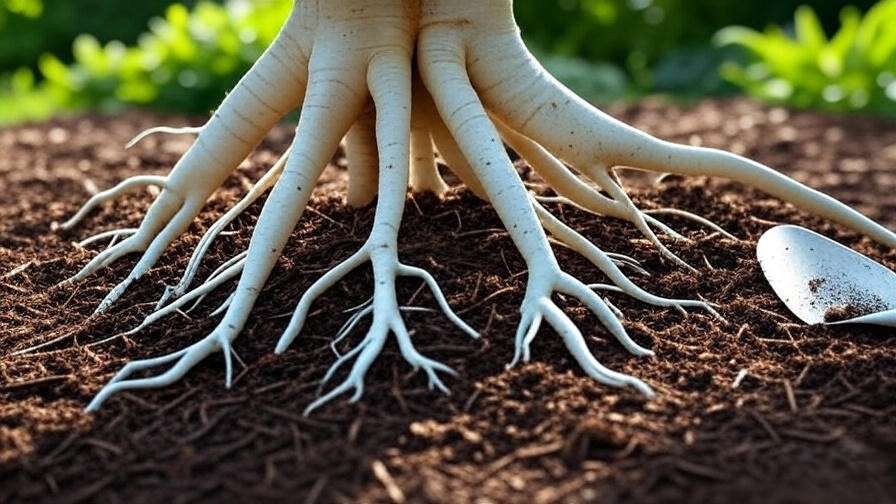
H2: Common Krysysis Tree Root Problems and Their Causes 🕵️♀️
H3: Root Rot: The Silent Killer
Root rot is a devastating issue for krysysis trees, often caused by fungi like Phytophthora thriving in overly wet soil. Overwatering, poor drainage, or heavy clay soils create the perfect storm for this silent killer. Symptoms include wilting leaves despite adequate watering, yellowing foliage, and a telltale foul odor from the roots. Left unchecked, root rot can kill a krysysis tree within months. Early detection is crucial—check for soggy soil or blackened roots during inspections.
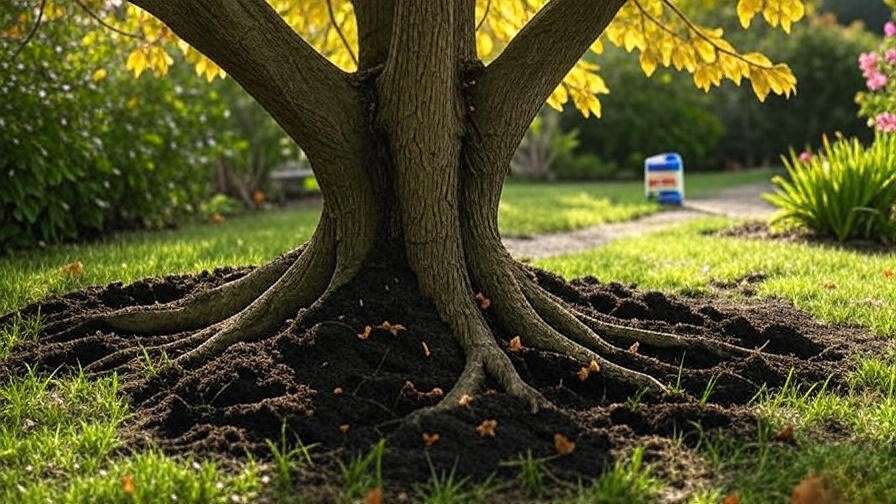
H3: Soil Compaction and Root Suffocation
Compacted soil is a common yet overlooked threat to krysysis tree roots. Heavy foot traffic, construction, or even improper mulching can compress soil, limiting oxygen and nutrient flow to roots. Compacted roots struggle to expand, leading to stunted growth and weakened trees. A real-world example: A homeowner noticed their krysysis tree’s leaves drooping despite regular care. After aerating the soil and adding organic mulch, the tree regained vigor within a season. Compaction is fixable, but prevention is even better! 🌱
H3: Nutrient Deficiencies and Root Health
Krysysis trees need a balanced diet of nutrients—nitrogen for foliage, phosphorus for root development, and potassium for overall vigor. Deficiencies show up as yellowing leaves, weak branches, or slow growth. Poor soil quality or improper fertilization often starves roots, weakening the entire tree. Soil testing is a game-changer here; it pinpoints exactly what your tree lacks. For instance, low phosphorus can stunt root growth, making trees more vulnerable to stress. Expert insight: A soil test every 2–3 years ensures your krysysis tree gets the right nutrients. 🌾
H3: Pests and Diseases Targeting Roots
Root pests like nematodes, root aphids, and grubs can wreak havoc on krysysis trees. These tiny invaders chew through roots, disrupting water and nutrient uptake. Fungal diseases, such as Armillaria root rot, further complicate matters by spreading through the soil. Look for signs like sudden leaf drop, unusual insect activity near the base, or mushrooms growing around the tree. Early detection through regular root checks can prevent widespread damage.
H2: Diagnosing Krysysis Tree Root Issues Like a Pro 🔍
H3: Step-by-Step Root Inspection Guide
Diagnosing root problems doesn’t require a PhD—just a trowel, gloves, and a keen eye. Follow these steps:
- Choose the Right Spot: Dig 12–18 inches from the trunk, near the drip line, to avoid major roots.
- Expose Roots Gently: Use a hand trowel to uncover a small section of roots.
- Inspect for Health: Healthy roots are white and firm; unhealthy ones are brown, soft, or brittle.
- Check Soil Conditions: Is the soil soggy, compacted, or low in organic matter?
- Document Findings: Take photos or notes for future reference.
Pro tip: Perform inspections in spring or fall when roots are most active.
H3: When to Call an Arborist
Minor root issues can often be managed at home, but severe problems—like advanced root rot or extensive pest damage—require professional help. Certified arborists have specialized tools, like air spades, to assess and treat roots without harm. If your krysysis tree shows severe symptoms (e.g., leaning, widespread leaf loss, or exposed dead roots), don’t wait. Find an arborist certified by the International Society of Arboriculture (ISA) for krysysis-specific expertise. Regular checkups can save your tree and your wallet! 🌲
H2: Solutions for Krysysis Tree Root Problems 🛠️
H3: Treating Root Rot Effectively
Treating root rot starts with addressing its cause—excess moisture. Here’s how:
- Improve Drainage: Ensure soil drains well by adding organic matter or installing French drains.
- Adjust Watering: Water only when the top 2 inches of soil are dry. Use a moisture meter for accuracy.
- Apply Fungicides: Use organic options like copper-based fungicides or chemical treatments like fosetyl-al for severe cases. Always follow label instructions.
- Prune Affected Roots: Carefully remove dead or mushy roots with sterilized tools.
Prevention is key: Maintain a consistent watering schedule and avoid waterlogging.
H3: Relieving Soil Compaction
To relieve compaction, aeration is your best friend. Use a core aerator to create small holes in the soil, improving oxygen flow. For small areas, a garden fork works well—insert it 6–8 inches deep and gently rock it to loosen soil. Follow up with a 2–3-inch layer of organic mulch (like wood chips or compost) to prevent future compaction. Avoid heavy machinery or foot traffic near the tree’s root zone. In one case, a krysysis tree near a construction site was revived with aeration and mulching, regaining full health in two seasons. 🌳
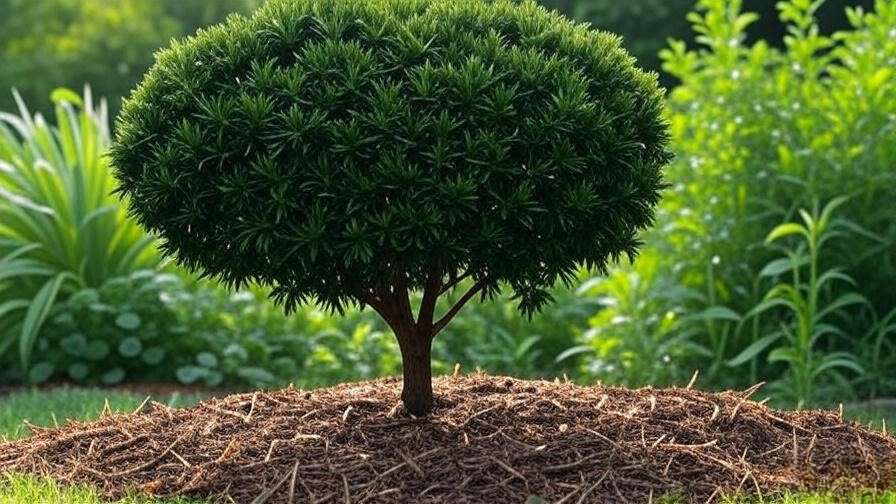
H3: Boosting Nutrient Uptake
Krysysis trees thrive when their roots can efficiently absorb nutrients. Use a slow-release fertilizer with a balanced N-P-K ratio (e.g., 10-10-10 or 12-4-8) to support root health. Apply fertilizer in early spring, spreading it evenly around the drip line, not against the trunk. Liquid fertilizers can provide a quick boost but use sparingly to avoid root burn. For organic options, incorporate compost or worm castings into the soil. Expert tip: Apply 2–3 pounds of compost per square yard annually to enrich soil naturally. Soil tests, available through local extension services, ensure precise nutrient management. 🌾
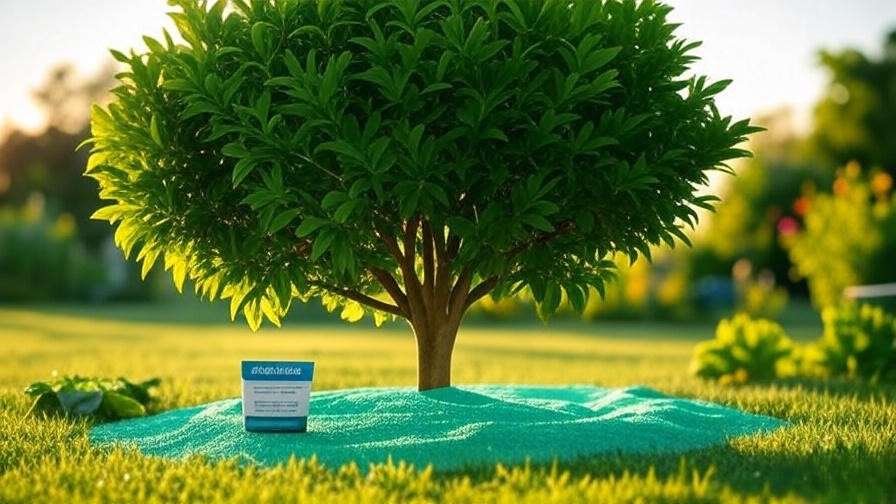
H3: Managing Pests and Diseases
Root pests like nematodes and root aphids require swift action. Organic controls include neem oil drenches or introducing beneficial nematodes, which attack harmful pests without harming the tree. For fungal diseases like Armillaria, remove affected roots and improve soil drainage to limit spread. Chemical treatments, such as systemic fungicides, may be necessary for severe cases but consult an arborist first. Integrated Pest Management (IPM) combines monitoring, cultural practices (like proper watering), and targeted treatments for long-term root health. Regular inspections catch issues before they escalate. 🕷️
H2: Preventive Care for Thriving Krysysis Tree Roots 🌸
H3: Proper Planting Techniques
Healthy roots start with proper planting. Follow these steps for krysysis trees:
- Choose the Right Spot: Select a site with well-drained, loamy soil and partial shade.
- Dig the Right Hole: Make it twice as wide as the root ball but no deeper to avoid burying the root flare.
- Prepare the Root Ball: Gently loosen roots before planting to encourage outward growth.
- Backfill with Care: Use native soil mixed with compost, avoiding synthetic fertilizers at planting.
Common mistakes, like planting too deep or in compacted soil, can stunt root development. Visual guide: Aim for the root flare to sit just above ground level. 🌱
H3: Watering and Irrigation Best Practices
Krysysis trees need consistent but not excessive water. Water deeply once a week during the growing season, providing 1–2 inches of water, depending on soil type. Use drip irrigation or a soaker hose to deliver water directly to the root zone, avoiding foliage. In hot climates, increase frequency slightly but always check soil moisture first—a simple finger test (dry top 2 inches) works well. In winter, reduce watering to prevent root rot. Pro tip: Adjust watering based on rainfall to avoid over-saturation. 💧
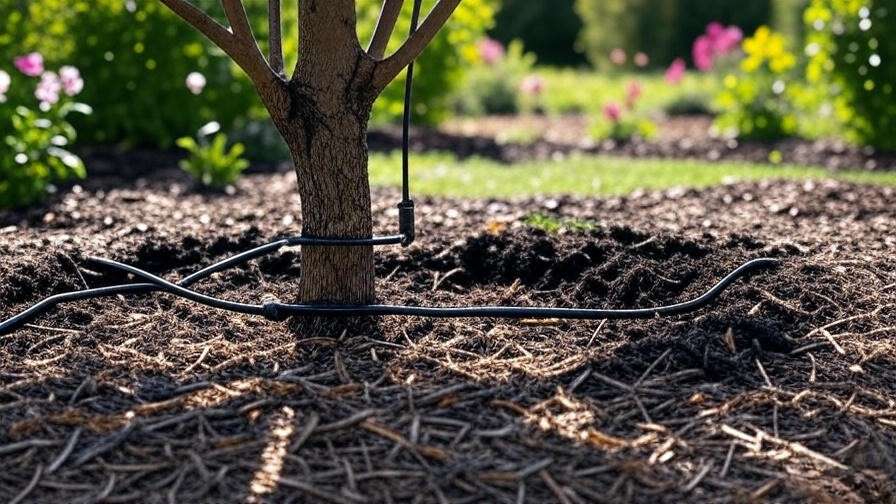
H3: Mulching for Root Protection
Mulching is a game-changer for krysysis tree roots. A 2–4-inch layer of organic mulch (e.g., wood chips, bark, or compost) retains moisture, regulates soil temperature, and suppresses weeds. Spread mulch in a wide ring around the tree, extending to the drip line, but keep it 2–3 inches away from the trunk to prevent rot. Avoid “volcano mulching” (piling mulch against the trunk), which suffocates roots. Inorganic mulches like gravel are less ideal, as they don’t enrich soil. Refresh mulch annually for best results. 🌲
H3: Regular Maintenance and Monitoring
Preventive care keeps krysysis tree roots thriving. Use this seasonal checklist:
- Spring: Inspect roots, test soil, and apply fertilizer.
- Summer: Monitor for drought stress and adjust watering.
- Fall: Aerate soil and refresh mulch before winter.
- Winter: Check for frost heaving and protect roots with extra mulch.
Non-invasive monitoring, like observing leaf health or soil moisture, helps detect issues early. Expert advice: Schedule a soil test every 2–3 years to stay ahead of nutrient deficiencies. 🌳
H2: Advanced Tips for Krysysis Tree Root Care 🌟
H3: Using Mycorrhizal Fungi to Boost Root Health
Mycorrhizal fungi form a symbiotic relationship with krysysis tree roots, enhancing nutrient and water uptake. These beneficial fungi extend the root system’s reach, improving resilience to stress. To apply, mix a commercial mycorrhizal inoculant (available at garden centers) into the soil during planting or as a root drench for established trees. Research from the University of California shows that mycorrhizal-treated trees grow up to 30% faster in nutrient-poor soils. Always choose a product specific to woody plants for best results. 🌿
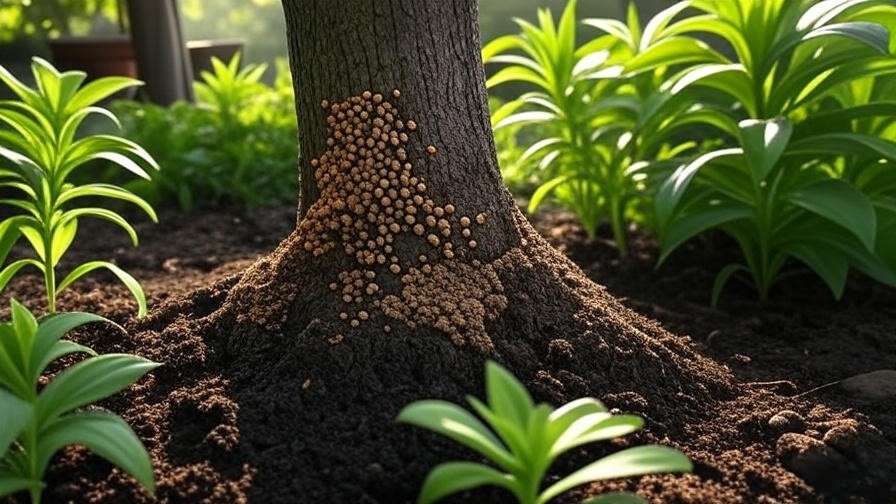
H3: Adapting to Environmental Stressors
Krysysis trees face challenges like drought, frost, and urban pollution. To protect roots:
- Drought: Use mulch and drip irrigation to conserve moisture.
- Frost: Apply a thick mulch layer in late fall to insulate roots.
- Pollution: Install root barriers to shield roots from chemical runoff or construction damage.
In urban settings, where soil is often compacted or polluted, regular aeration and soil amendments (like biochar) can make a big difference. A krysysis tree in a city park, for example, thrived after root barriers and organic amendments were added to combat nearby road runoff. 🏙️
H2: FAQs About Krysysis Tree Root Care ❓
- How often should I water my krysysis tree to prevent root issues?
Water deeply once a week during the growing season, adjusting for rainfall and soil type. Use a moisture meter for precision. - Can I save a krysysis tree with severe root rot?
Early intervention can save trees with mild rot, but severe cases may require professional treatment or removal. Act fast! - What’s the best soil type for krysysis tree roots?
Loamy, well-drained soil with a pH of 6.0–7.0 is ideal. Test and amend soil as needed. - How do I know if my krysysis tree’s roots are too compacted?
Look for slow growth, yellowing leaves, or hard, dry soil. Aeration can confirm and fix the issue. - Are there any krysysis tree varieties with more resilient roots?
Some hybrid krysysis varieties, like ‘Krysysis Robustus,’ have stronger root systems. Consult a nursery for local options.
H2: Conclusion: Your Path to Healthy Krysysis Tree Roots 🌳
Healthy krysysis tree roots are the key to a thriving, beautiful tree. By understanding root biology, diagnosing issues early, and applying targeted solutions like aeration, proper watering, and nutrient management, you can prevent and solve common problems. Start with one actionable step today—perhaps a quick root inspection or a soil test—and watch your krysysis tree flourish. Share your tree care journey in the comments or reach out to a local arborist for tailored advice. With the right care, your krysysis tree’s roots will anchor a legacy of growth and beauty for generations! 🌱

